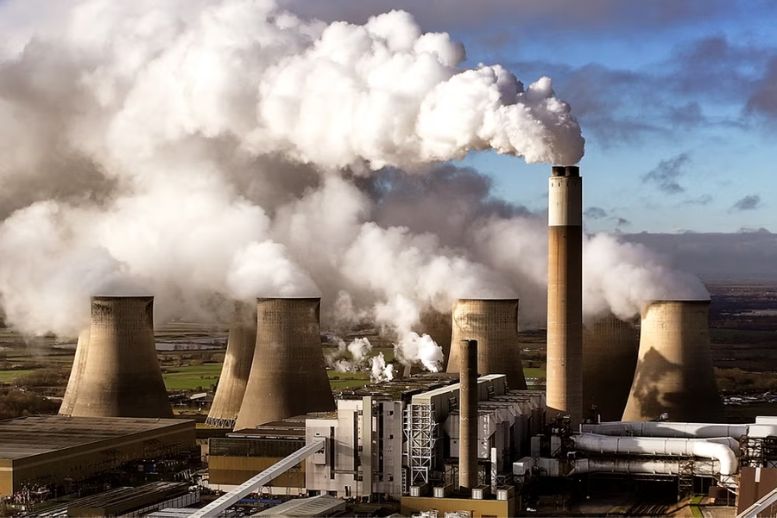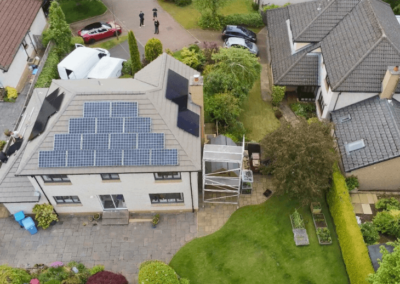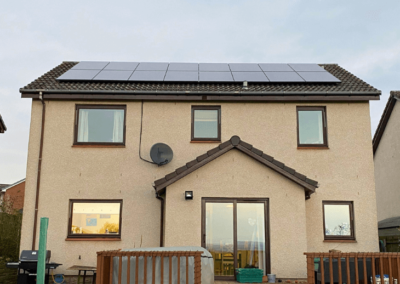The End of an Era for Coal Power in the UK

(Image source: independent.co.uk)
UK’s Coal Energy Departure
On Monday, September 30, 2024, Ratcliffe-on-Soar Power Station in Nottingham ceased operations, marking a significant historical moment for the UK. After nearly 60 years of service, this is the last coal-fired power station still running in the country, and its closure signifies the UK’s complete departure from coal energy. This journey began with the Industrial Revolution.
From being a global pioneer in coal-powered electricity, the UK has now emerged as a leader in the transition away from coal power. It has become the first G7 nation to achieve this feat, a milestone reached after almost 150 years of coal use. This underscores the country’s unwavering commitment to greener energy and serves as a historic moment in the global move towards a cleaner, more sustainable future.
The journey began in 1882 when Thomas Edison built the world’s first coal-fired power plant in London, sparking the coal revolution. From that moment on, coal became a cornerstone of the Industrial Revolution for another 142 years, powering factories, homes, and transportation across the United Kingdom. (Molly Lempriere, 2024)

Comparison of GB Fuel type power generation production as percentages (Stolworthy, 2024) on 30th October 2024 and after the coal plant’s closure.
A Step Towards a Greener Future
Closing the last coal-fired power station in the UK is a significant step towards a greener and more sustainable future. With the transition from coal power, the renewable energy industry can improve and expand in several ways. This is a historic victory for British society, particularly for climate activists, according to Daniel Therkelsen (Gagliardi, 2024). Ceiba Renewables is committed to leading Scotland’s efforts to fight climate change and promote renewable energy. With the closure of Ratcliffe-on-Soar Power Station, there is an opportunity to further invest in and develop renewable energy sources such as wind, solar, and hydroelectric power. By expanding our renewable energy infrastructure, we can contribute to reducing carbon emissions and mitigating the impact of climate change.
We are human and we hold the power to drive the green energy revolution forward. We can make a significant contribution by considering a switch to renewable energy sources for our homes or businesses, such as installing solar panels or choosing energy providers that offer renewable energy options. Moreover, advocating for policies that support renewable energy development and promoting sustainable practices in our communities can further accelerate this transition.
By collectively embracing renewable energy and sustainable practices, we can create a better, greener future for our children and future generations, reducing environmental impact and combatting climate change.
Sources
Gagliardi, M. (2024) The UK exits coal power, ushering in ERA of renewables, Beyond Fossil Fuels. Available at: https://beyondfossilfuels.org/2024/09/29/the-uk-exits-coal-power-ushering-in-era-of-renewables/ (Accessed: 02 October 2024).
Stolworthy, M. (2024) GB Fuel type power generation production as percentages, GridWatch.co.uk. Available at: https://gridwatch.co.uk/demand/percent (Accessed: 30 September 2024).
Molly Lempriere, S.E. (2024) Q&A: How the UK became the first G7 country to phase out coal power, Carbon Brief. Available at: https://interactive.carbonbrief.org/coal-phaseout-UK/ (Accessed: 02 October 2024).




